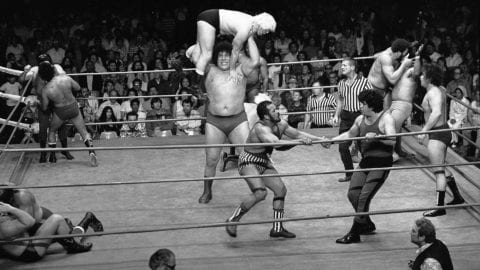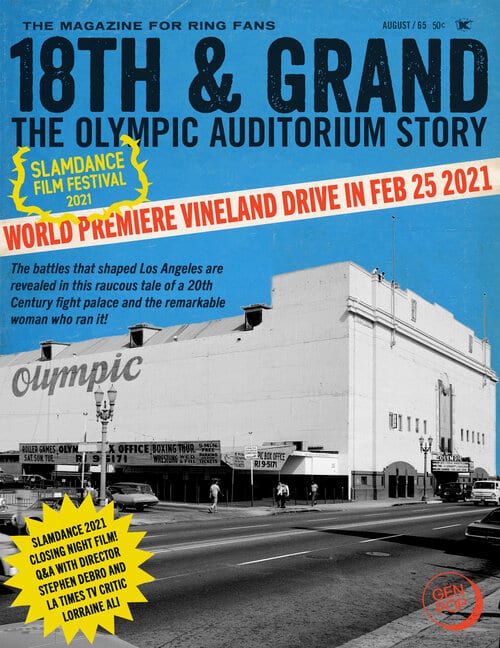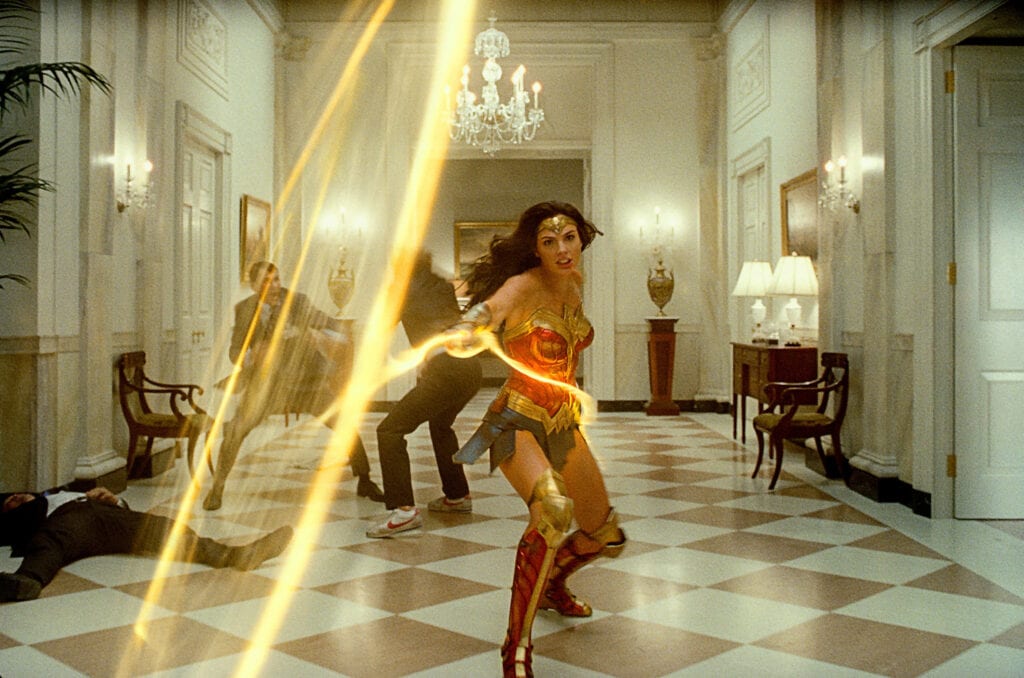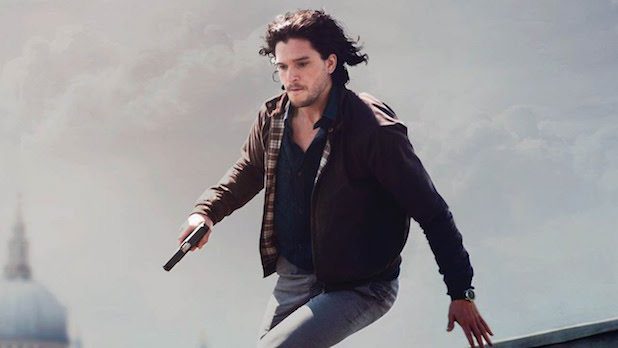Growing up in Los Angeles in the 50s and 60s, I was well aware of the Olympic Auditorium. That was where they held wrestling, roller derby, and boxing that came into our homes on local TV. Later it was the scene of punk rock shows. In the years since, I?ve driven by it often (although it is now The Glory Church of Jesus Christ). So it was a given that I was going to want to see Slamdance?s Closing Night feature, the world premiere of 18th & Grand: The Olympic Auditorium Story. Would it just be a fun nostalgic trip or something more?

Certainly, there was some wonderful nostalgia, but director Stephen DeBro was much more interested in showing not just the history of the venue, but how that history reflects the city?s history and the cultural aspects that were reflected in the sporting and entertainment events that took place there.
The film spends little time on the early history of the Olympic, built in 1925 and serving as the venue for boxing, wrestling, and weight-lifting competitions in L.A. first Olympics in 1932. The film?s story really begins in the 1940s when Ailene Eaton becomes the business manager. Eaton, who had never seen a fight at that point, went on to become an extremely influential boxing promoter, promoting fights from the Central Valley to the Mexican border, but primarily at the Olympic which was seen as the West Coast equivalent of Madison Square Garden. The Olympic holds an important place in the history of boxing. The film touches only briefly on fight fixing and mob involvement, but gives the impression that it didn?t last long at the Olympic.

But the film also shows the way the Olympic reflected the city. Eaton created boxing cards that attracted the Mexican-American population. This at a time when L.A. was very divided (and in many ways it still is). She promoted fighters like Enrique Bolanos and Art Aragon, who represented two very different views of how Mexican-Americans fit into society. In later years, among those who were got important career opportunities at the Olympic included Julio C?sar Chav?z, and Carlos Palomino (both of whom are interviewed in the film).
When the film turns to the wrestling that took place at the Olympic, it shows the way the good vs. evil aspect to this scripted sport reflected the geo-political tensions of the post- World War and later the Cold War period.
The film is bolstered by interviews DeBro has done with various people who have been involved at the Olympic, including fighters, wrestlers like Roddy Piper and Dick Beyer (aka The Destroyer, who was interviewed in his mask); Dick Enberg, who announced boxing there early in his career; Mamie Van Doren, part of the celebrity scene at fights; and Gene LeBell, son of Ailene Eaton and an important part of the Olympic in his own right. Those interviews are important bits of history, because some of those interviewed have since past away.

I love the nostalgia of seeing these bits of my childhood recreated, but I appreciate even more the depth that the film goes into to put it in a particular cultural setting?something we rarely think about, especially with sports like boxing, wrestling, or roller derby, with their violence and in the case of the latter two, scripted showmanship. The film?s exploration of the Olympic serves a way to look into L.A.?s and the broader society?s past, and allows us to rethink the present in that light.





